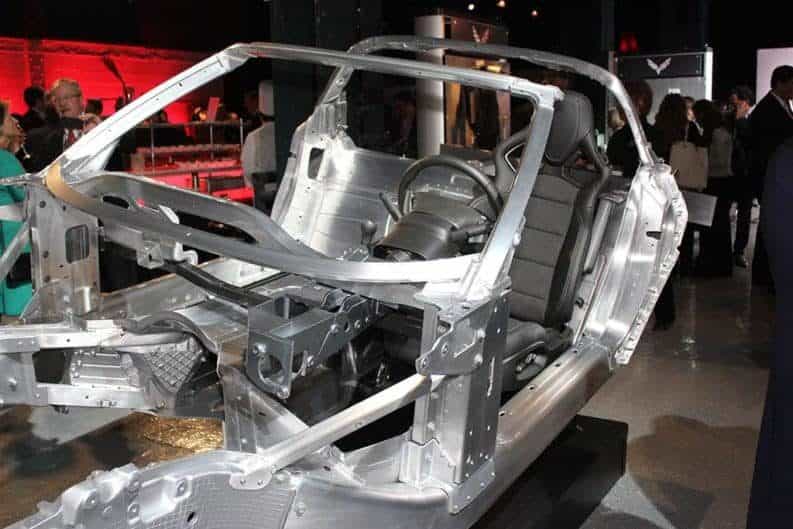Hydroforming has been in the manufacturing industries for a quite a while, but only recently introduced into vehicle production — comparatively speaking. A lot of 2016 trucks use hydroformed frames. The Ram and Chevy trucks are perfect examples of this, and hydroforming is one of the main reasons why the Ram 3500 and Silverado are such powerful workhorses. Hydroformed frames provide many advantages compared to their standard steel or aluminum-plated counterparts. The main advantage that outshines all the others though is the extremely superior strength to weight ratio. In part, thanks to the superior surface quality a hydroformed frame has due to an almost flawless manufacturing technique.
First, let’s cover the basics of hydroforming. Then we’ll talk about that main advantage later, which is the reason you should consider a truck with a hydroformed frame.
How Hydroforming Works
Hydroforming was developed in the late 1940s and 1950s, and was originally invented in order to provide a cost-effective means to create parts with unusual contours that do not work for stamping. Essentially, all metals that can be cold formed are also able to be hydroformed. Aluminum, stainless steel, carbon, brass, copper, and other high-strength alloys are examples of metals that can by hydroformed.
Therefore, you can see why it’s beneficial to incorporate hydroforming into vehicle frames. It’s cost-effective, and makes the creation of awkward parts of a vehicle frame easy. Specifically, it’s tubular hydroforming that’s used to create vehicle frames. In a nutshell, tubular hydroforming is a process that forms a tubular piece of metal into a desired shape with the use of dies (essentially a cast) and a pressurized liquid. Since the frame is formed from a liquid, this is how it’s possible to create complicated or awkward pieces.
There’s no tooling required, no welding, and tubular hydroforming incorporates a mixture of flexible, lighter, and higher-strength materials, without compromising the strength whatsoever. In fact, the process results in a stronger frame than a frame made in the conventional manner.
The Strength-to-Weight Ratio
While the process is quite interesting, it’s the main advantage that knocks you off your feet. Due to the need for more flexible and stronger frames to pass NRA crash safety tests, along with lighter weight for vehicles across the board to meet fuel mileage requirements, the hydroforming process is perfect for vehicles.
How is it stronger? Apart from easily incorporating mixed melted metals, not having to weld or tool the frame creates a more seamless piece of material. The sheet of metal that gets melted and pressed never comes into contact with tooling equipment. Therefore, surface damage and structural damage is drastically reduced.
On top of that, the process allows for a frame that uses less metal with just as much — or more — durability as a more conventional frame. The thickness can range anywhere from 0.05 mm to 6 mm. This reduces the overall weight of the vehicle, without compromising the strength or flex of the frame.
This, along with a versatile use of materials and savings during the manufacturing process, makes hydroformed frames a win-win situation all around.




